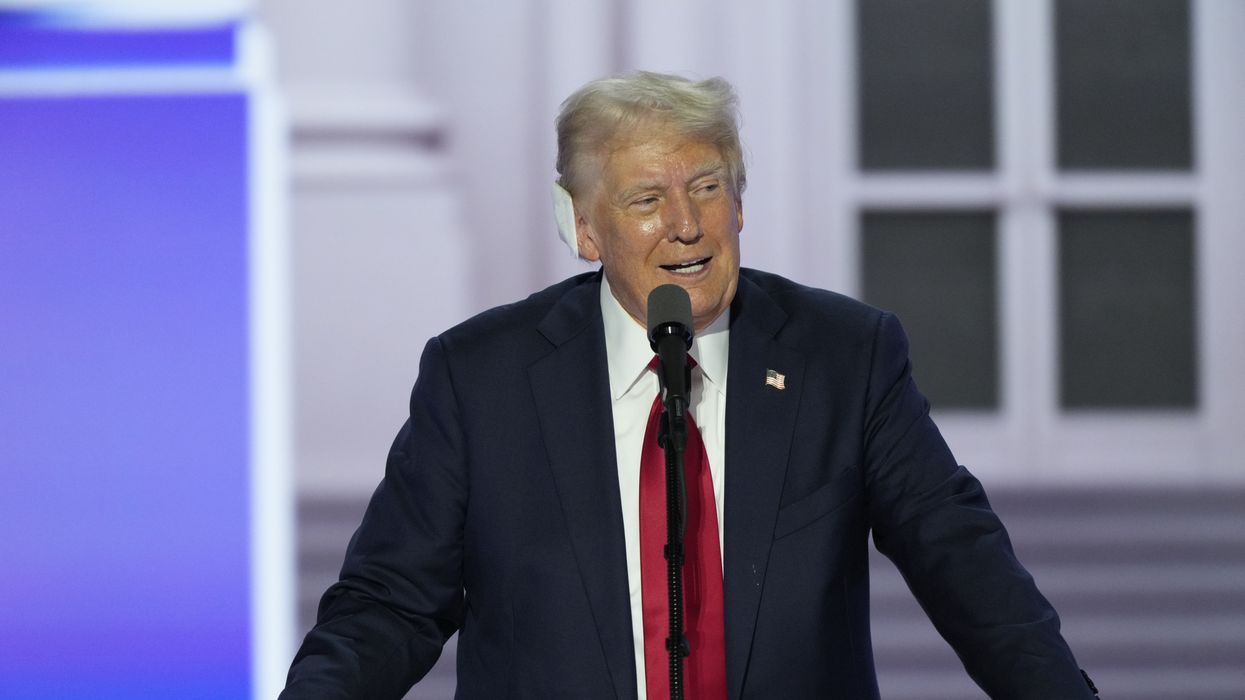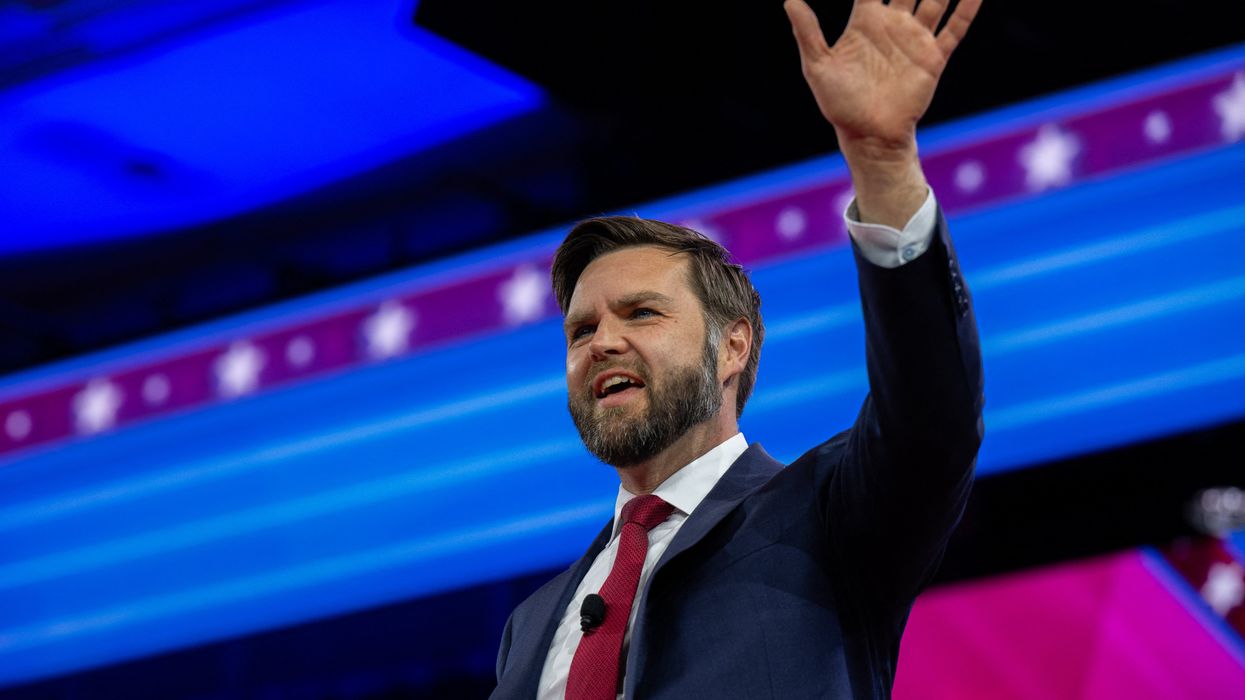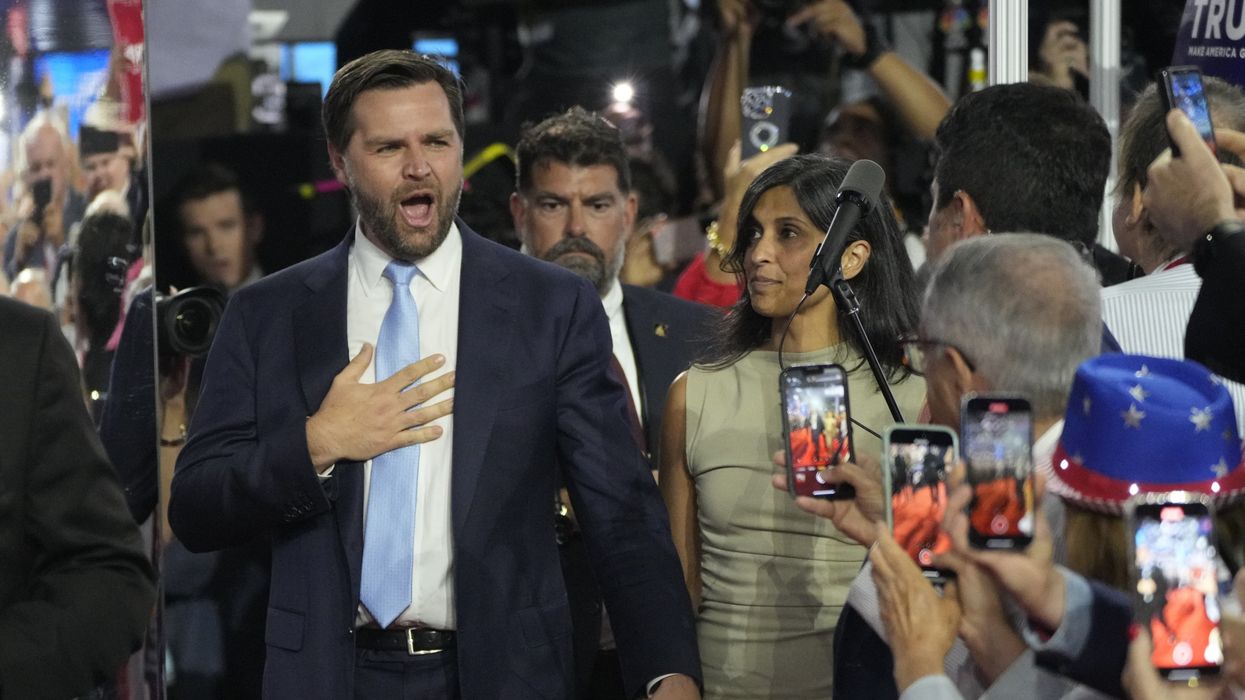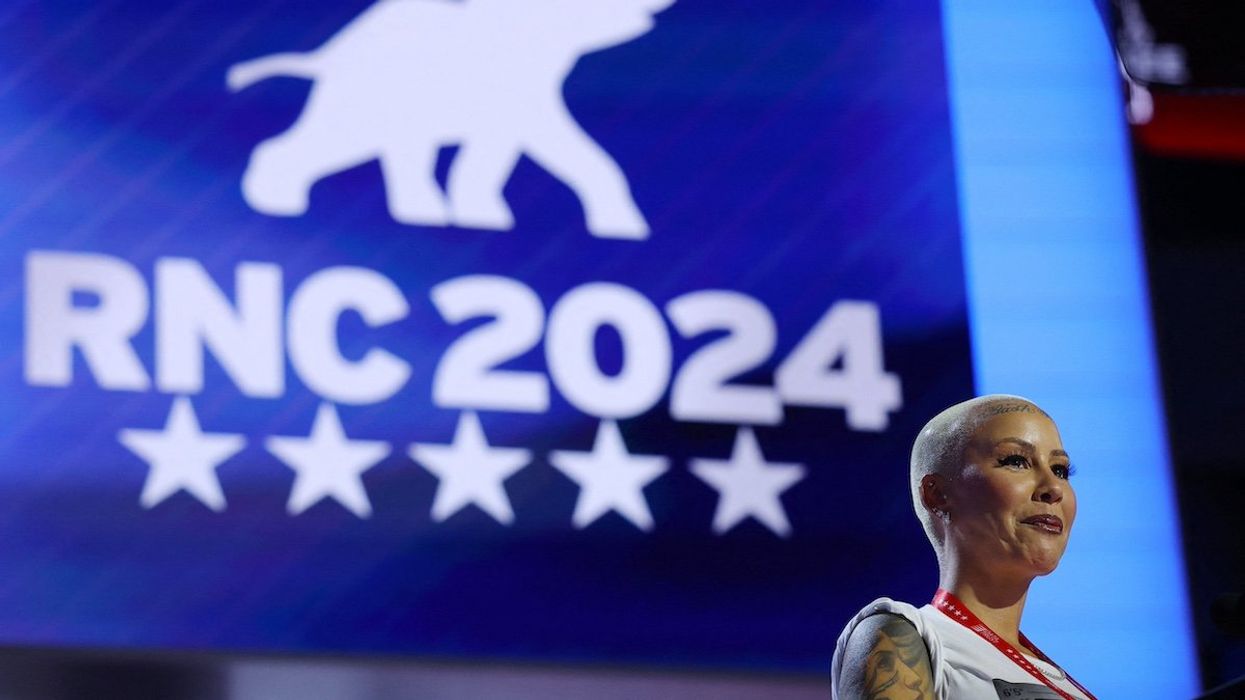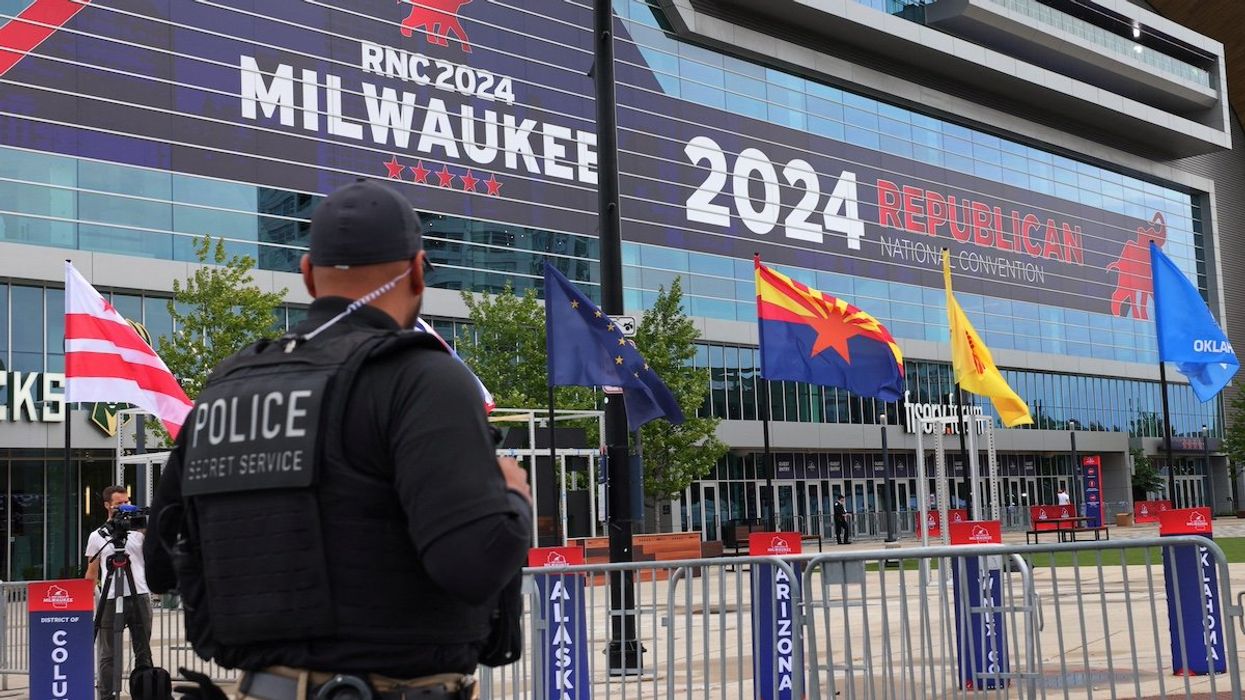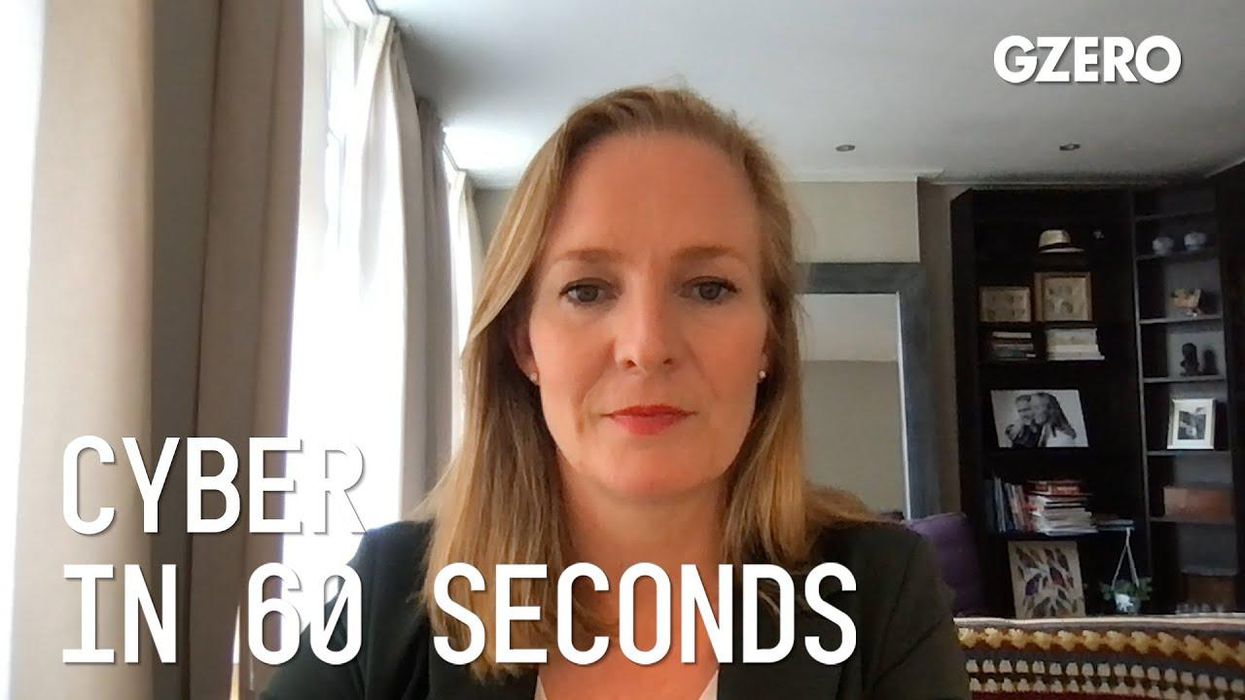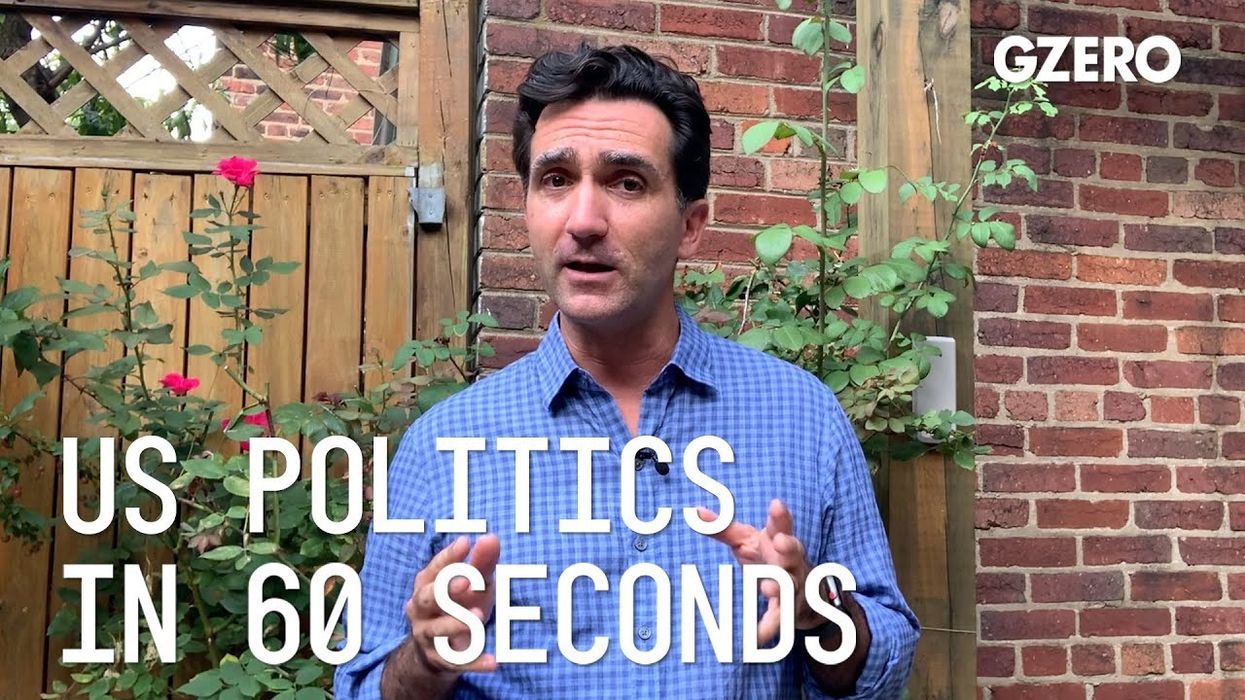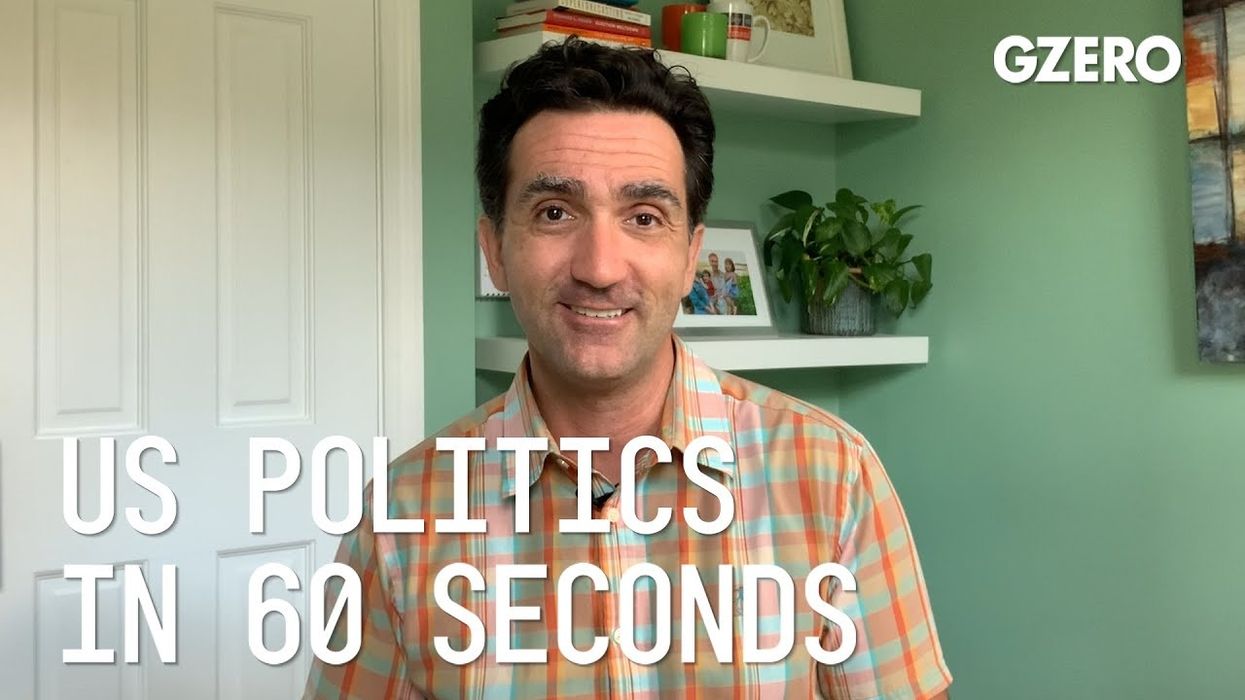Analysis
RNC wrap-up: Trump's speech and the GOP's evolving identity
On the fourth and final night of the RNC, Donald Trump took to the stage for the first time since he was nearly assassinated at a campaign rally. He began his speech with a detailed, dramatic retelling of the shooting, in which he was saved by God, in the style of a grandfather telling their grandchild a war story at bedtime.
Jul 19, 2024
